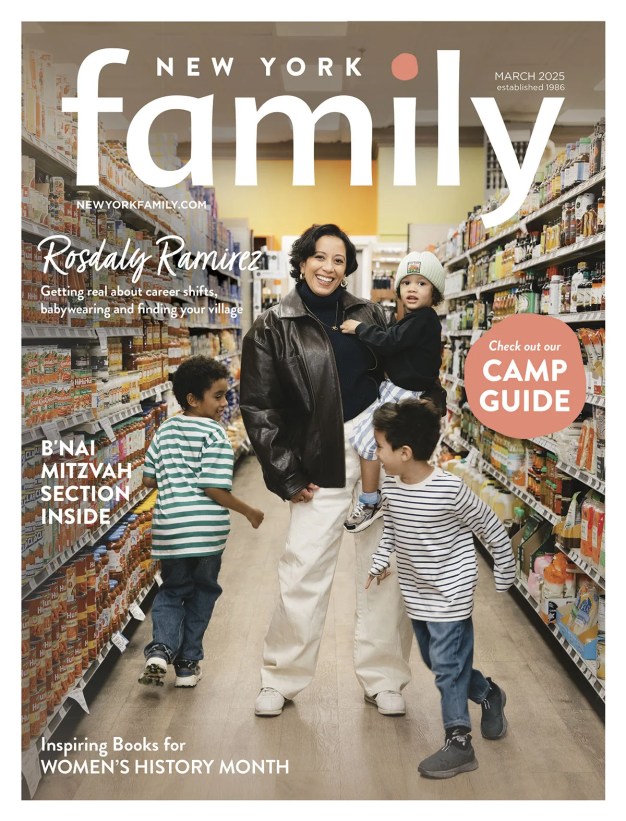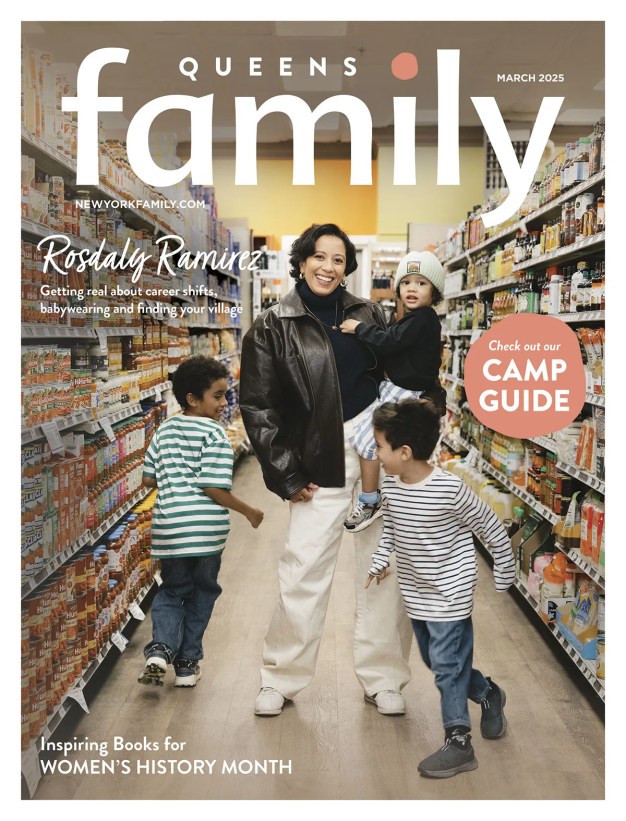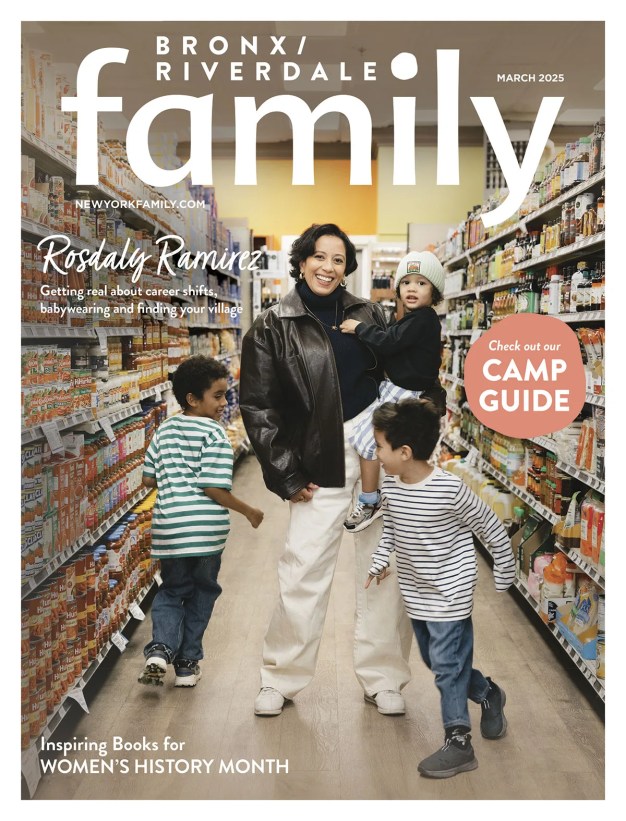Growing up, I was not aware of any friend that was allergic to a food. However, upon becoming a parent, I quickly became aware of a number of children with food allergies, several so acute that I now routinely ask about food allergies prior to having any child in my care.
Food allergies in children have doubled in the past decade; www.foodallergy.org states that one in every 13 children under age 18 has a food allergy, and among preschoolers, the incidence is one in 10. More than one-third of children with food allergies are allergic to multiple foods. These numbers are alarming.
During a recent interview on NPR (http://www.npr.org/2013/04/15/177319365/the-doctor-trying-to-solve-the-mystery-of-food-allergies) Dr. Kari Nadeau, a scientist at the forefront of food allergy research, shared that it is suspected that the reason food allergies have exploded is multifactorial. In other words, there is no single reason or simple answer. She is conducting clinical trials on desensitizing children who have multiple food allergies. The results look promising.
The most common food allergens are tree nuts, peanuts, milk, eggs, soy, wheat, fish, and shellfish. These eight food sources account for 90 percent of food allergies. The U.S. Food and Drug Administration (FDA) does not require labeling on trace amounts (trace contaminants) up to 200 milligrams. Although 200 milligrams does not sound like a lot, it is roughly the equivalent of a peanut. But a parent of a child with a severe food allergy will tell you otherwise. Those 200 milligrams can throw their child into a severe reaction, anaphylactic shock or worse. These trace amounts can kill.
Sarah, mom to a middle-school-aged son who was diagnosed with a severe milk allergy when being weaned from breastfeeding at one year old, lives with this knowledge. She has had to learn how to manage her son’s food allergies. She has done a remarkable job, effectively advocating for her son and other children who have food allergies — educating her son, faculty and staff, students, and parents of students about the basics of food allergies, and how to manage them.
One-third of kids with food allergies are bullied. Sarah’s son is not. Her openness has encouraged other parents of kids with food allergies to join in. Together they have educated adults and children on how critical reactions to food can range from itchy throats and skin reactions to stomachaches, burning tongues, and signs of anaphylaxis. They have created a clear understanding of food allergy management and garnered strong support for kids with food allergies within the school population. My son is a close friend of her son and is hyper-vigilant and respectful about his friend’s dietary restrictions. He is aware of what his friend cannot have and what is safe. He knows this because he has been taught.
Please teach your child about the seriousness and life-threatening truths about food allergies. If you do not know, ask a parent who has a child with food allergies. What is inconvenient for you — not having that food allergen in their presence or wiping your counters down before they visit your home — can be life-threatening to another.
Writer and author Judy M. Miller savors time with her kids. She is a Certified Gottman Educator and the author of “What To Expect From Your Adopted Tween,” “Writing to Heal Adoption Grief: Making Connections & Moving Forward,” and “For Families and Friends: Advice, Suggestions, and Honest Dialogue About How to Best Support Parents on Their Adoption Journey.”
Learn more: Great parent resources
• Food Allergy Research and Education (FARE) is a comprehensive site for becoming educated about food allergies and food allergy advocacy. It works on behalf of 15 million Americans with food allergies. www.foodallergy.org
• The Nadeau Lab in Stanford University School of Medicine’s Immunology and Allergy Division provides research findings regarding food allergies, as well as other areas. Dr. Karen Nadeau is exploring the role of suppressor T cells (Tregs), a subpopulation of T cells that modulate immune systems, and tolerance mechanisms of allergic disorders. http://nadeaulab.stanford.edu.
• The Nut-Free Mom nut-f
• Clini
• “The New Nut-Free Mom: A Crash Course in Caring for Your Nut-Allergic Child” by Jenny Kales is available in an e-book format. The book is available for download to e-book devices through Amazon and Barnes & Noble, and via the Kindle and Nook apps for phones, tablets, Mac, and PCs.
• MedicAlert has medical IDs for all ages. They also provide services to protect people in the event of emergencies, worldwide. http://www.medicalert.org
Learn More: Signs of anaphylaxis
Anaphylaxis is a life-threatening allergic reaction. It can occur suddenly and escalate quickly, usually within minutes of a person eating. Mild symptoms can be a runny nose, a funny feeling, or a sudden rash, but these can swiftly escalate to more serious issues, such as:
• Difficulty breathing
• Swelling, hives or swollen lips
• Hoarseness
• Constriction of the throat
• Nausea and vomiting
• Abdominal pain and cramping
• Diarrhea
• Low blood pressure
• Dizziness
• Fainting
• Rapid heartbeat
• Cardiac arrest

























